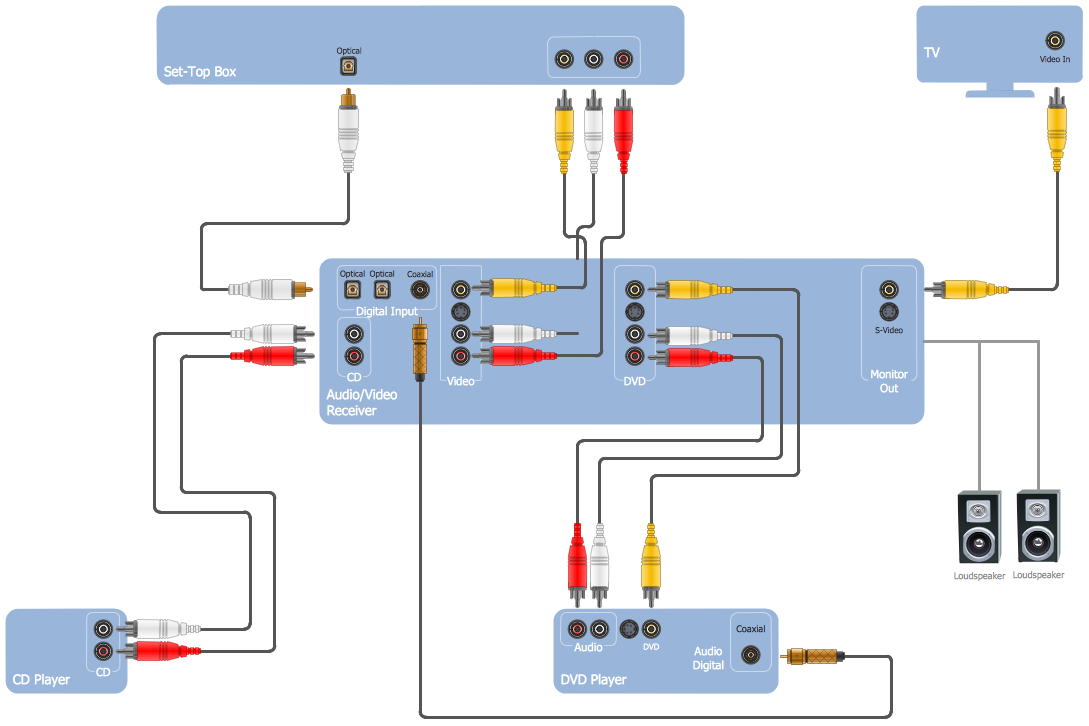Ideal Strategies for Positioning Surveillance Cameras to Improve Surveillance Effectiveness
Ideal Strategies for Positioning Surveillance Cameras to Improve Surveillance Effectiveness
Blog Article

Placing surveillance cameras effectively effectively remains essential for improving surveillance across different environments, such as homes, businesses, as well as public areas. The main objective of security systems remains to deter criminal activity and offering evidence during case of incidents. To attain this, it becomes important to take into account several factors, including surveillance camera placement, range of view, and the particular areas that require oversight. By comprehending these elements, people and entities can create a thorough surveillance plan that maximizes the efficacy of their surveillance solutions.
One of the first actions in positioning surveillance cameras involves to identify critical areas that need monitoring. High-risk zones, including entry points, exits, vehicle lots, as well as areas with high-value assets, must be prioritized. It also crucial to consider areas not visible, which are locations that may not be seen from certain angles. By mapping out these key areas, security personnel can ensure that every corner remains monitored, minimizing the chances of illegal activity going undetected. Additionally, placing surveillance systems at key points can assist create a complete view of the property, allowing for improved overall surveillance coverage.
The field of a security system remains another important element to consider. Various types of surveillance systems offer varying ranges of view, that can affect how many space is recorded in the footage. For example, broad-view cameras can monitor larger areas, rendering them ideal for spacious areas, while pan-tilt-zoom cameras can be adjusted to concentrate on particular features. When placing cameras, it becomes important to select the appropriate kind based on the area being observed. This guarantees that the camera can record sharp footage and offer valuable data in case of an occurrence.
Elevation and tilt of mounting also have a crucial part in the visit this web-site efficacy of security cameras. Cameras should be mounted at a height that remains out of grasp of possible tampering but still enables for unobstructed viewing of identifying features and additional identifying features. A common recommendation is to mount systems at least 8 to ten feet off the ground. Additionally, the angle at which the camera remains set can affect its ability to capture important details. Cameras must be tilted to reduce glare and avoid blockages, guaranteeing that they can record clear footage at any moments.
In conclusion, regular maintenance and updates to the surveillance system are essential for long-term effectiveness. This entails inspecting camera functionality, cleaning optics, as well as ensuring that software remains current. Regular assessments of the surveillance plan can assist identify any new areas not visible or locations that might require additional monitoring. By remaining proactive and making required changes, individuals and organizations can improve their monitoring effectiveness and ensure that their security systems continue to serve their designated function.